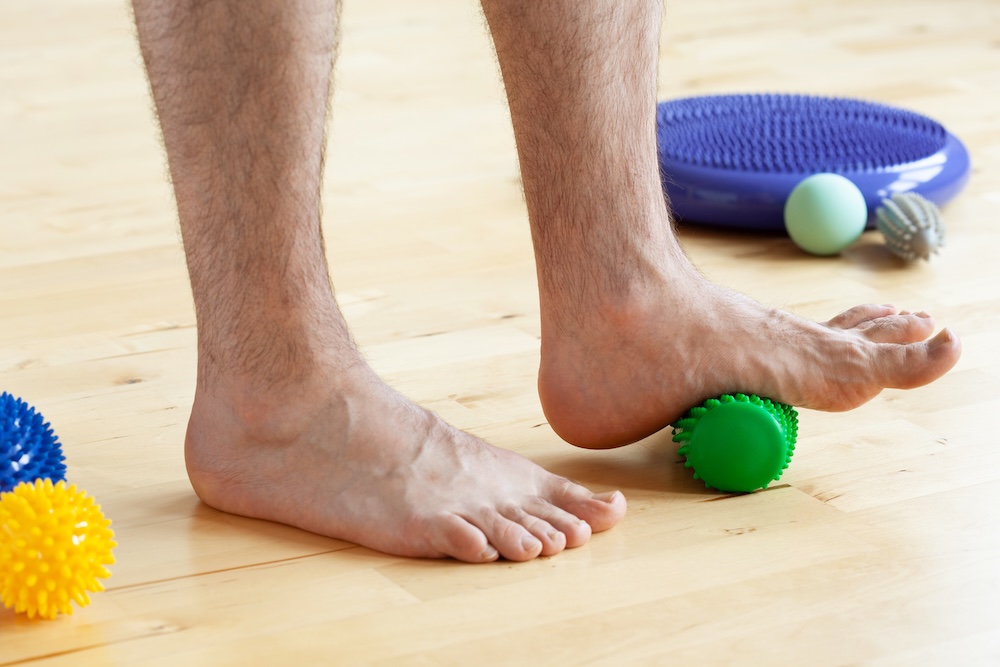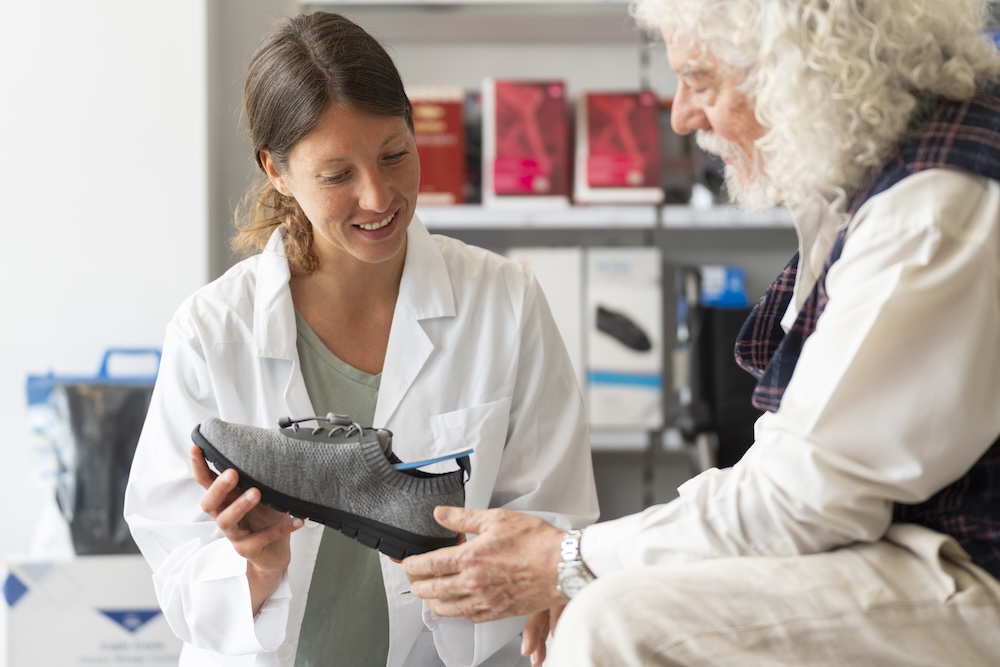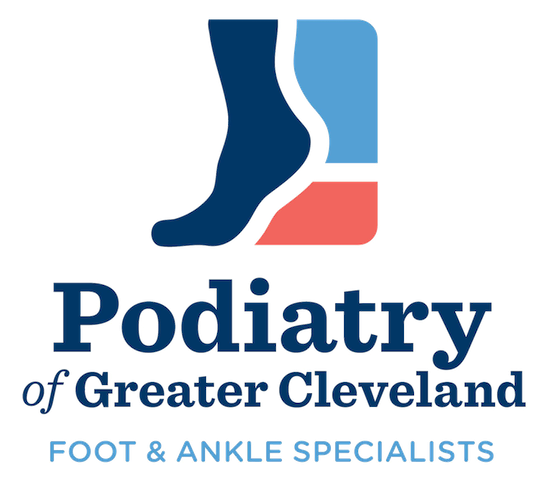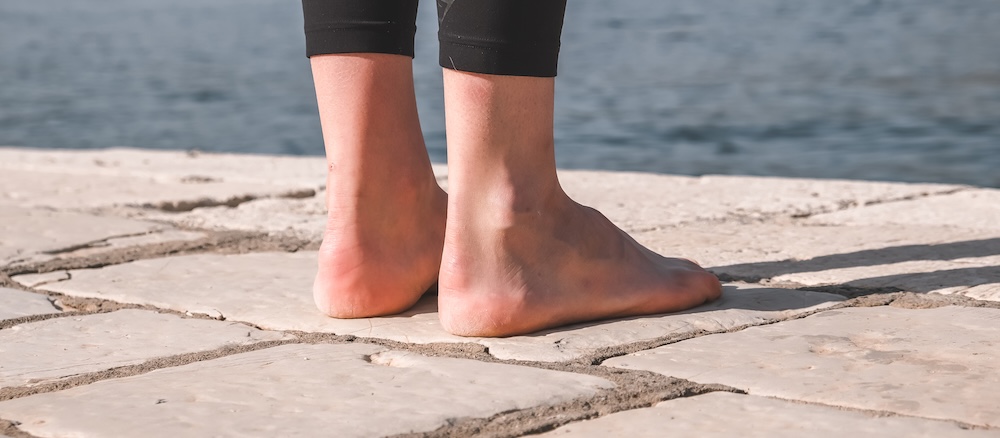Flat feet, also known as fallen arches, occur when the arches of your feet are low or nonexistent. While flat feet are common and often harmless, they can sometimes lead to discomfort, alignment issues, or other complications. Understanding the causes, symptoms, and when to seek treatment can help you take better care of your feet.
What Are Flat Feet?
Flat feet occur when the arch of the foot either doesn’t develop properly during childhood or collapses later in life. This condition can be flexible (appearing when standing and disappearing when sitting) or rigid (always flat, regardless of position).
Causes of Flat Feet
Flat feet can result from various factors, including:
- Genetics: Many people inherit the condition.
- Injury: Trauma to the foot or ankle can weaken the arch.
- Aging: Tendons in the foot may weaken over time, leading to fallen arches.
- Medical Conditions: Conditions like arthritis, obesity, and diabetes can contribute.
Symptoms of Flat Feet
While many people with flat feet experience no issues, some may notice:
- Pain in the arch, heel, or ankle
- Swelling along the inside of the ankle
- Leg or back pain due to poor alignment
- Difficulty standing on tiptoes
- Feet that tire easily
When to Seek Treatment
Flat feet don’t always require medical attention, but you should see a podiatrist if you experience:
- Persistent pain in your feet or ankles
- Swelling that doesn’t go away
- Difficulty walking or running
- Shoes wearing unevenly due to improper alignment
- Signs of other conditions, like bunions or hammertoes
Treatment Options for Flat Feet

Depending on the severity of your symptoms, a podiatrist might recommend:
- Custom Orthotics: Specially designed shoe inserts to provide support and reduce pain.
- Supportive Shoes: Well-fitted footwear with arch support.
- Physical Therapy: Exercises to strengthen foot and ankle muscles.
- Medication: Anti-inflammatory drugs to reduce swelling and pain.
- Surgery: In rare cases, surgical intervention may be necessary to correct the condition.
Caring for Flat Feet at Home

Even if your flat feet don’t cause symptoms, these tips can help:
- Wear supportive footwear with a sturdy sole and arch support.
- Stretch and strengthen your feet regularly. Exercises like calf stretches and rolling a tennis ball under your foot can help.
- Avoid prolonged standing or walking barefoot on hard surfaces.
Helpful Resources
- Flat Feet Explained
Flat Feet: Symptoms, Causes, and Associated Medical Problems - Choosing Supportive Shoes
Best Shoes for Flat Feet - Exercises for Flat Feet
Flat Feet Exercises - Custom Orthotics
Custom Foot Orthotics and Shoe Inserts
Take the Next Step
Flat feet don’t have to hold you back. If you’re experiencing pain or difficulty, it’s time to seek expert care. At Podiatry of Greater Cleveland, our experienced team can help you find the relief and support you need to stay active and pain-free.
Let’s get you back on your feet—comfortably!

